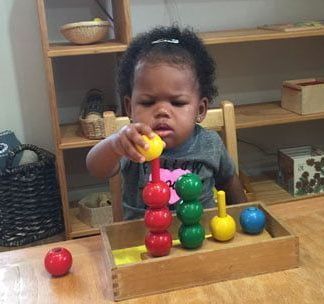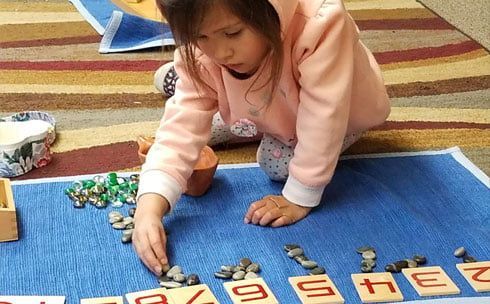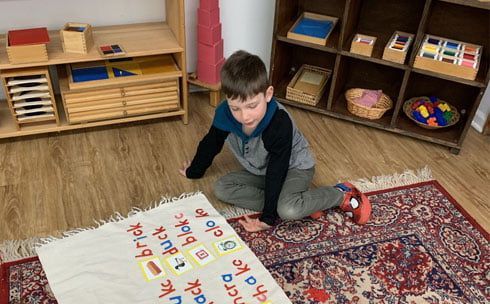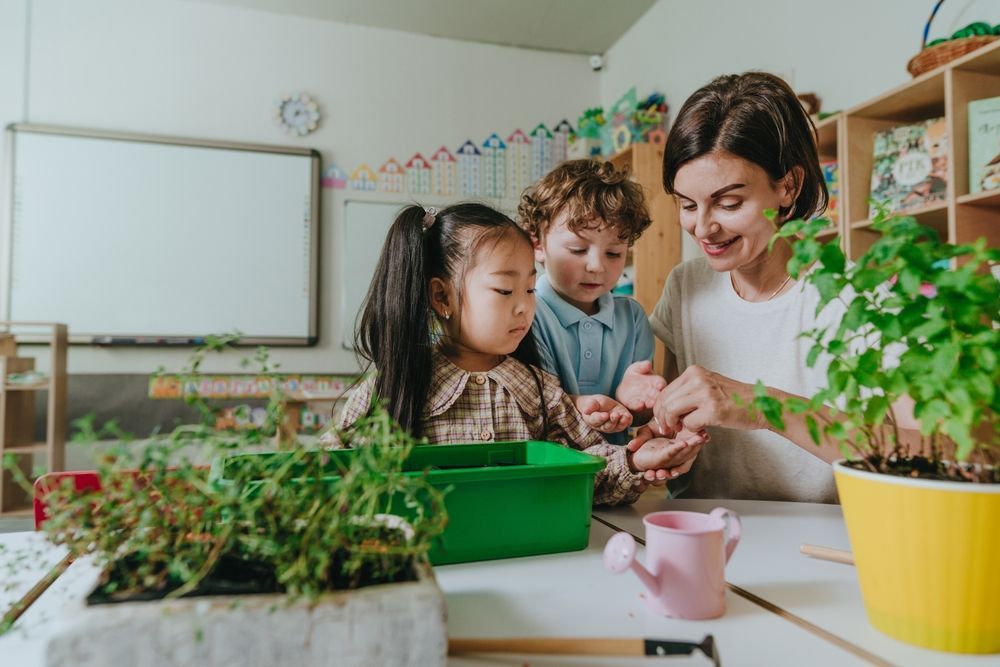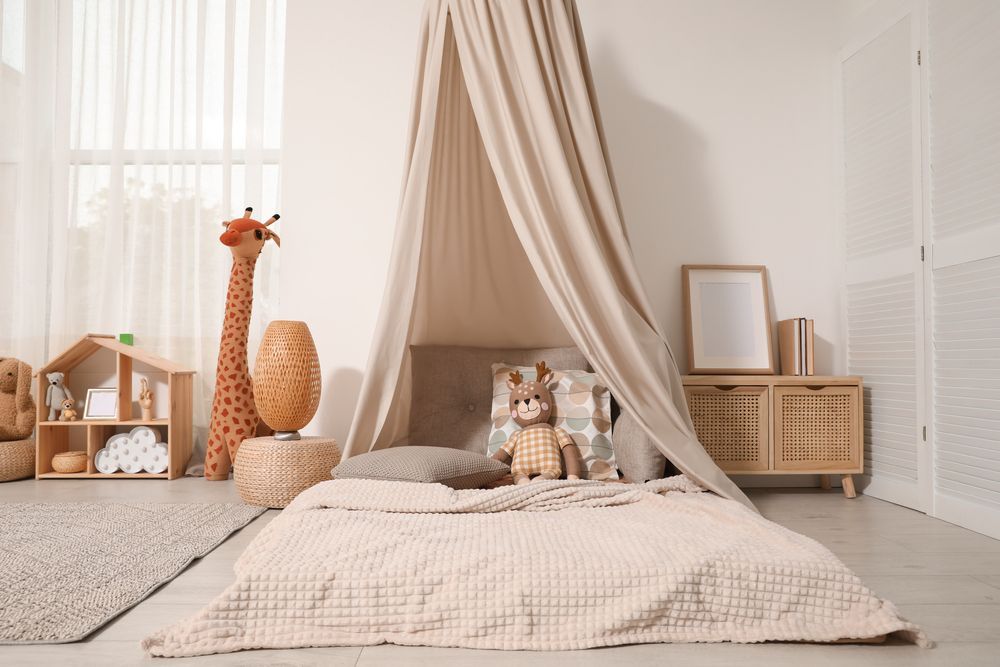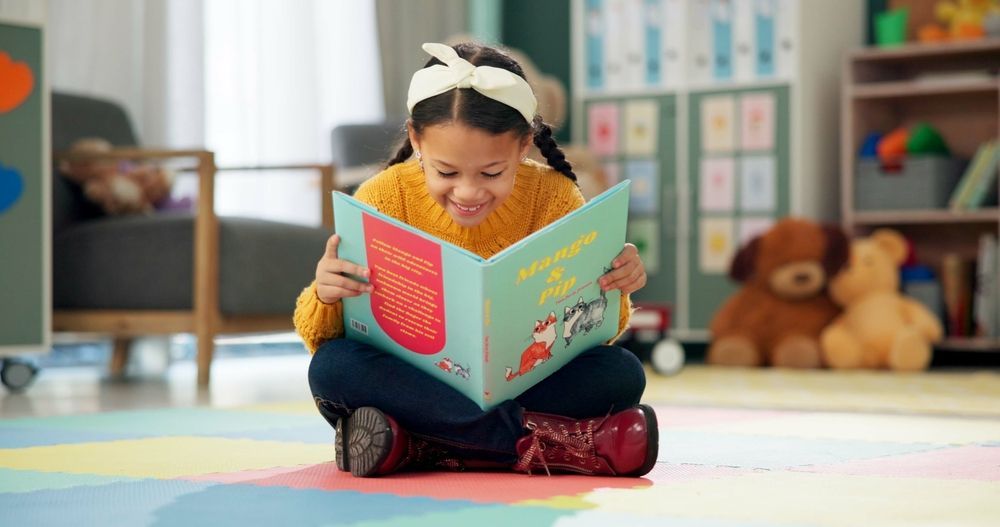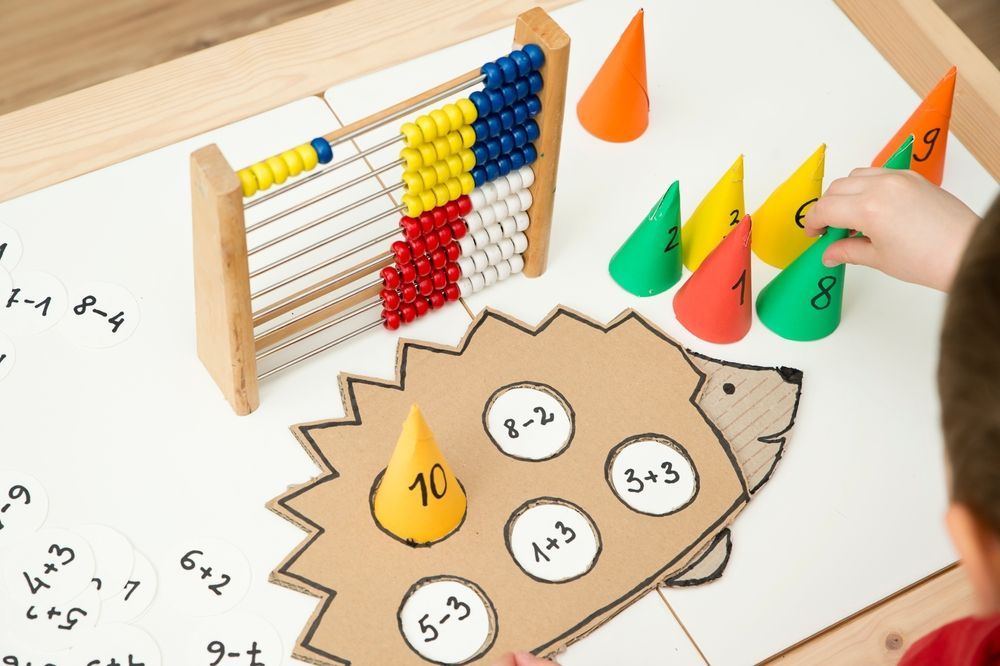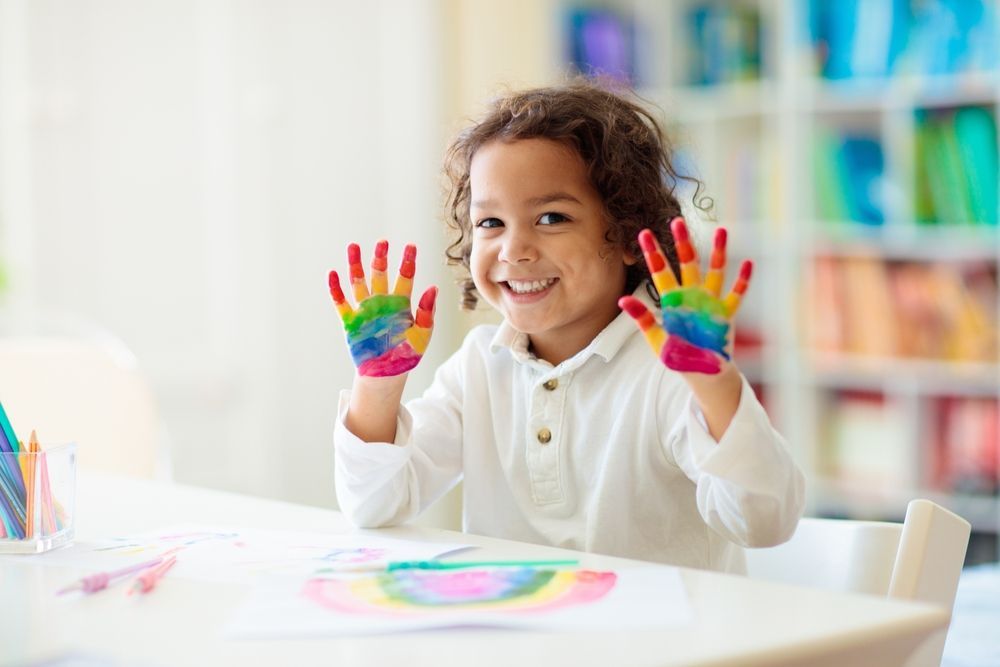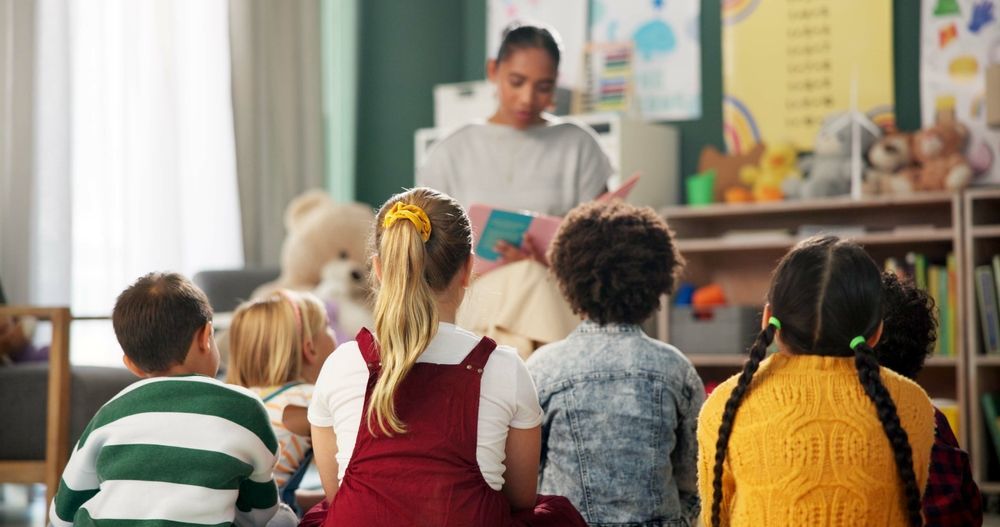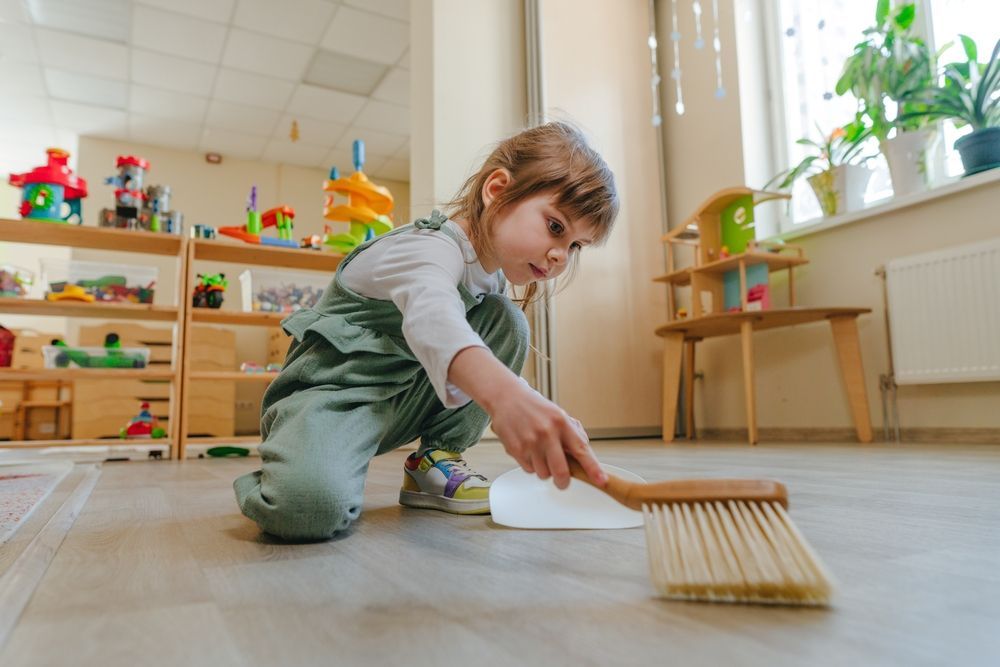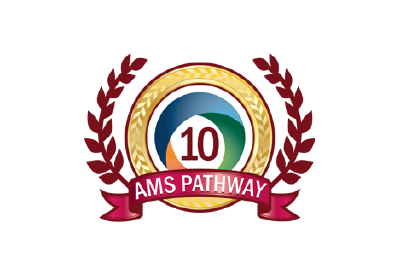Written by: Mansio Montessori
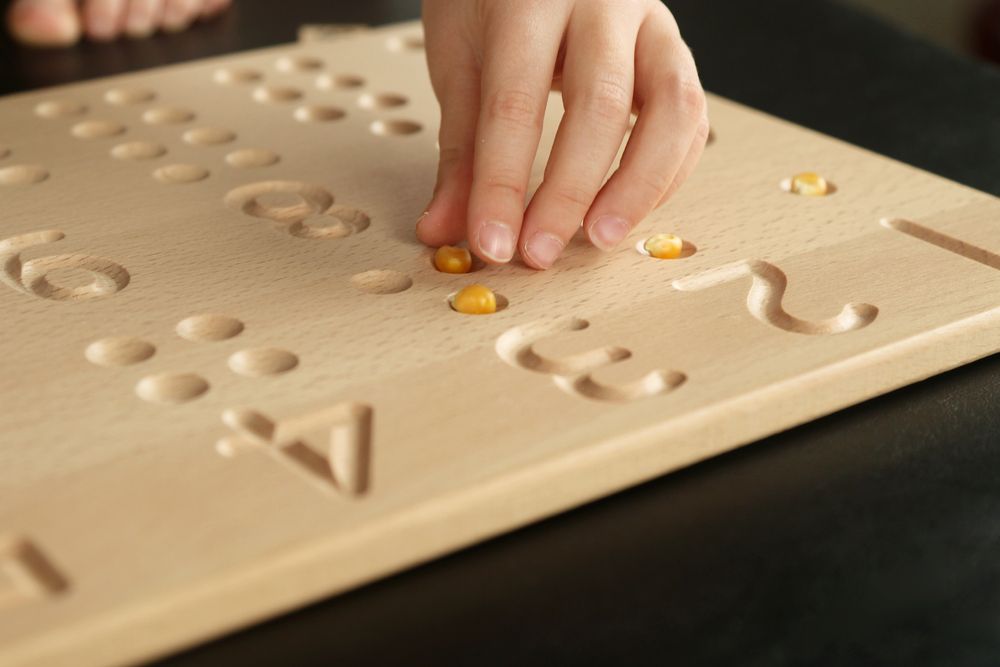
Teaching core concepts through the Montessori method enables children to learn incredibly important skills without the frustration of other methods. One such method that is a foundational skill for developing strong math skills and concepts is the use of one-to-one correspondence. There are several reasons to use this method and various strategies that can make it highly effective.
What is One-to-One Correspondence?
One-to-one correspondence teaches children to match one object or number to another by understanding how the item corresponds to a specific quantity. In this method, children learn to count a group of items by assigning one number to each object. They then only count that object one time. Most often, this process involves manipulation or touching the objects and often moving them to a different pile as they count. It is a building block within the Montessori method.
When Should Children Learn One-to-One Correspondence?
Students should learn one-to-one correspondence at an early age, before starting formal education in a classroom. During the early, formidable years, children can learn through specific learning exercises but also through incidental learning based on what they are exposed to during the day. It’s never too early to teach an interested child.
Is Your Child Ready to Start Learning? Schedule a Visit With Us Today!
If your child seems interested in counting and exploring the world around them,
schedule a visit
with us. Children who seem to be inquisitive, readily willing to learn, and absorb information can get the hands-on support they need within the Montessori method to capture that love of learning for years to come. Come in to see how it works.
How One-to-One Correspondence Develops Math Skills Early
Learning math skills as a toddler isn’t a bad thing. Children who learn these skills through the one-on-one correspondence method get these very beginning math tools understood quickly and can build up from there over time.
One-to-one correspondence is a way to learn to count in which they automatically match quantities to the right numbers. Without these skills early on, the child may struggle with even simple math programs. The sooner they learn them, though, in the most effective manner, the more likely the child will be to thrive in mathematics over time.
Take a look at some of the benefits of the one-on-one correspondence method and how you can begin to
teach one-year-olds these skills.
Helps Develop a Strong Sense of Numbers
Most adults use these types of number skills every day. When completing a recipe, for example, you understand how much of each item you need and how many servings you want the dish to create.
For children, understanding one-on-one correspondence helps to build a strong level of understanding of numbers, something they can then apply to day-to-day life in multiple ways. They learn the concept that each object represents one unit, which then helps them build an understanding of what numbers are, which then leads to counting as well as early math skills.
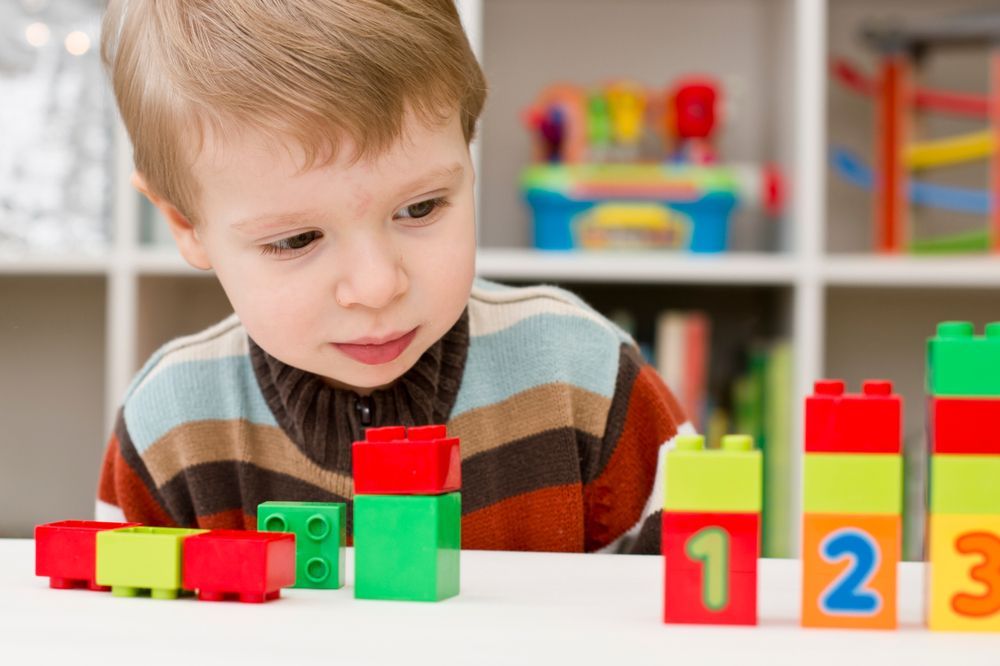
Sharpens Cognitive Skills
Counting objects like this helps to sharpen focus and enables a child to process information in a meaningful way. They must concentrate and then make the proper connection between the object and the number it represents. Over time, this process also supports critical thinking and improved memory.
Fosters Fine Motor Skill Development
There’s also a good amount of fine motor skill development since they are likely to manipulate these pieces or items as they go. This also helps them to place objects in order, move their hands, and build hand-eye coordination as they do. Hand control, muscle strength, and refined movement of holding smaller objects help build fine motor skills.
Start Teaching the Four Counting Principles
The best time to start teaching Montessori learning is now, and the four counting principles make it easy to do just that. Here are the four ways toddlers can learn to count and apply numbers. There are four strategies to do so:
- Real-life connections: Creating a connection with numbers and everyday objects is a must. For example, a child can count the number of toys or learn how to count the number of people for dinner.
- Hands-on manipulatives: Manipulatives of any type – such as blocks or counters – can help to develop skills and reinforce the concept of one-on-one correspondence.
- Counting games: Games that make counting fun are also a good way to learn this skill. It’s interactive, which helps reinforce the concept.
- Visual representation tools: Ensure that a child has visual elements with which to associate numbers and objects, such as using dots or tally marks.
Tactics for Teaching One-to-One Correspondence
There are a few simple ways to build these skills:
- Count together with them.
- Point to objects in a set and assign a number to each one.
- Ask children pointed questions like how do you know which ones you did not count yet.
- Move objects when saying a number word.
One-to-One Correspondence Activities & Games

Games are a fun way to learn this method. Here are some simple options:
- Count goldfish crackers when eating them. Use a counting worksheet to move the crackers from place to place. Roll dice, ask the child to count the dots, and then move the number of goldfish to the paper.
- Use an empty ice cube tray or muffin pan along with small objects to count. With the roll of some dice, the child has to fill up the pain with the appropriate number of items.
Interested in the Montessori Way? Learn About Our Enrollment Process!
Mansio Montessori is ready to help support your child on the learning journey. Learn more about our enrollment opportunities and admissions process. Contact us at any time to discuss how the Montessori method can work to build your child’s love of learning.
FAQs About One-to-One Correspondence
My child is struggling with the Montessori method of counting. How can I help them?
Continue to work in a fun way but also through asking them questions. Are they touching and pointing to objects when they explore this concept?
When has a child mastered the one-to-one correspondence method?
Mastery focuses on having achieved several principles. First, the child should be able to assign a number to each object and they should understand number names are counted in ascending order. The final number they count is the total number.
What age is 1 to 1 correspondence for?
You can teach this concept to very young children, often around the age of 18 months to two years.
Forms, Policies, and Calendars | Website imagined & executed by RivalMind
